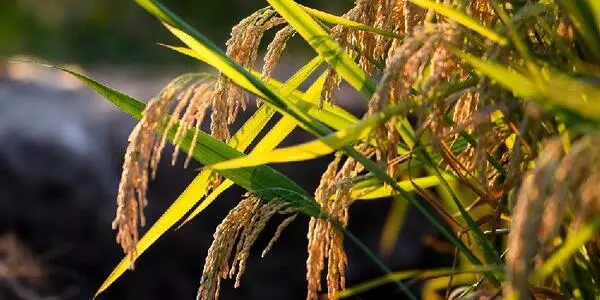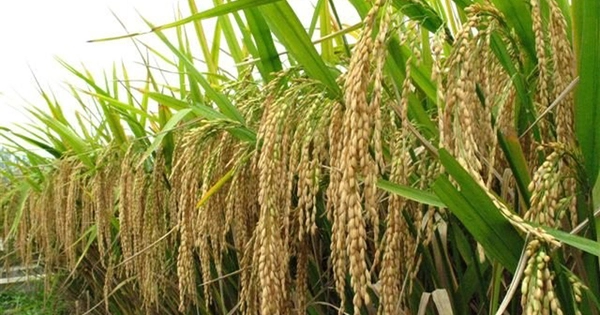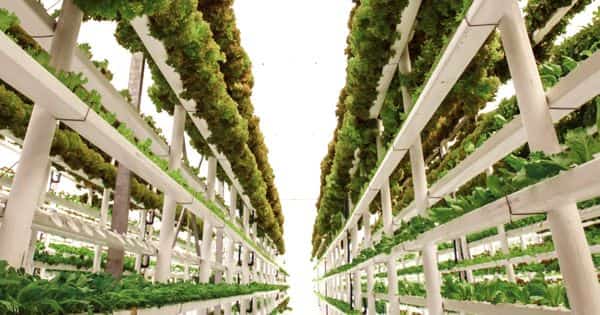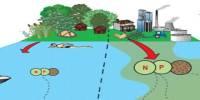Hybrid rice is a type of rice that is produced by crossbreeding two or more varieties of rice plants. The resulting plants have improved characteristics such as higher yield, resistance to disease and pests, and tolerance to environmental stresses. Hybrid rice is widely grown in Asia, particularly in China, where it has contributed to increasing rice production and food security. Hybrid rice technology is still in development, and research is ongoing to improve its performance.
The goal of creating hybrid rice is to combine the desirable traits of different rice varieties, such as increased yield, disease resistance, and improved quality. Hybrid rice can be created using various methods, including traditional breeding techniques and genetic engineering. This process results in plants that have a combination of the desirable traits of both parent varieties, such as increased yield, disease resistance, and improved grain quality. It is widely cultivated in many rice-growing countries and is considered to be an important tool for increasing rice production and improving food security.
It is a type of rice that is produced by crossbreeding two different varieties of rice plants. The goal of hybrid rice breeding is to combine the desirable traits of both parent varieties, such as higher yield and disease resistance, into a single hybrid variety. Hybrid rice varieties can have significantly higher yields than traditional varieties, making them an important tool for increasing rice production and feeding a growing global population. Hybrid rice is widely cultivated in China, India, and other countries.

China has used hybrid rice technology to feed more than 20% of the world’s population while using only 10% of total arable land. Since 1978, hybrid rice has allowed for a 14% decrease in total rice-growing acreage while increasing total rice production by 44.1 percent. Yield increases have enabled China to feed an additional 60 million people each year. Hybrid rice has also contributed to improved food security in China, limiting global rice price increases to the benefit of poor consumers in other countries.
The problem that hybrid rice brought with it is still significant, both economically and politically. Farmers have lost their breeders’ rights because the hybrid seed will no longer exist after harvest, forcing them to rely heavily on specialized seeding companies. A few large seeding companies control hybrid rice for the entire country, posing potential food safety issues.
The Chinese government provided critical funding and policy support to the hybrid rice program. Hybrid rice became appealing, profitable, and sustainable as a result of government policies, standards, and investments in human resources and necessary infrastructure. Further advances in biotechnology will be critical for overcoming the challenges of increasing biotic or abiotic pressure, such as the ever-decreasing water supply and more severe drought caused by global warming, to ensure the continued success of the hybrid rice program.
















